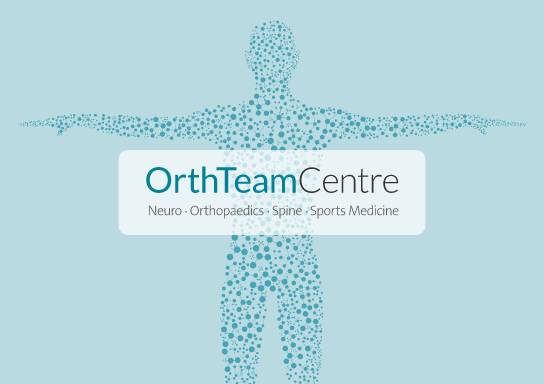Dupuytren’s disease
What is Dupuytren’s disease?
Dupuytren's disease or Dupuytren's contracture is when the tissue in your palm and the front of your fingers becomes thick and cord-like, causing one or more fingers to bend towards your palm.
Nodules and long cords form beneath the skin in your hand. These are hard and inflexible, so you can’t straighten one or more of your fingers. Eventually your fingers bend towards the palm of your hand, which can limit what you can do at home and work.
It is a common condition affecting around 1 in 20 people in the UK. It’s six times more common in men than women, and more prevalent in older people. There’s no cure for the condition, however it can be managed.
What causes the condition?
The exact cause of Dupuytren's disease is still unknown, but it's been linked to:
- A family history of the condition
- Using vibrating hand tools appear to increase the risk
- Diabetes or epilepsy
- Drinking a lot of alcohol
- Injury or surgery to the hand or wrist
- Smoking
You may have none of these, but still be affected by Dupuytren's disease.
What are the typical signs?
Symptoms of Dupuytren’s disease include:
- A lump or nodule on the palm of your hand(s) which may be painful – normally under the fourth or fifth fingers
- You may also notice skin texture changes with small pits in the palm(s)
- You may have hard cords in your palms which appear to grow from a nodule and pull your fingers towards your palm – at this stage, you may start to have difficulty using your hand.
How is it diagnosed and treated?
Diagnosis
Your consultant will discuss your symptoms with you and perform a medical examination, including the ‘table top test’ which is a simple test to try and evaluate the severity of the disease. Your consultant will ask you to place your hand flat on the table. If you are unable to do so then it is likely that you might need surgery to treat the disease in the future.
Treatment
In the early stages of the disease, Dupuytren's contracture treatment can’t usually help. If you're treated, you'll often need treatment again sometime later.
Non-surgical treatment:
Percutaneous needle fasciotomy
This is an outpatient procedure that is performed under local anaesthetic. Once numb, the surgeon uses a small needle to cut the diseased cords through a tiny needle hole.
Collagenase enzyme injections
In 2012, a new enzyme injection, called Xiapex was released in the UK to dissolve the Dupuytren’s disease. Unfortunately, Xiapex has been removed from clinical use, on commercial grounds, by the manufacturer and is unavailable for Dupuytren's disease. This is disappointing as it was proving to be very useful and effective – we are waiting for research to see if any other injections are available in the years to come.
Radiotherapy
Radiotherapy has been used for many years to treat Dupuytren's disease. The treatment is only indicated for early disease in the palm with no flexion contracture of the fingers. Treatment consists of daily radiotherapy for 5 days, followed by a 5 week break and then daily treatment again for 5 days.
Surgery:
This is performed as a day case procedure under local or general anaesthetic. The surgery takes between 30 and 60 minutes depending upon how severe the condition has become. A tourniquet (a device which applies pressure to a limb or extremity in order to limit – but not stop – the flow of blood) is not usually required if the procedure is performed with the patient wide awake under local anaesthetic.
The surgery is performed through a zigzag type incision in the palm and along the finger. The skin flaps are elevated and great care is taken not to injure nerves and blood vessels to the finger. The Dupuytren's disease is then removed. Occasionally, in more advanced cases, a skin graft needs to be placed over the wound. The skin is taken from the forearm or groin (for larger grafts). The tourniquet, if used, is then released and any bleeding controlled. The skin is sutured with absorbable stitches and a bulky dressing is applied with a Plaster of Paris slab for immobilisation.
Recovery
This depends on the type of treatment you’ve had, but can take from between 2 and 6 weeks depending on whether you’ve had surgery. Your consultant will be able to advise you on this.
When can I return to normal activities?
- Work - this depends on your individual employment, however if your job mainly involves sitting then you may be able to return immediately. If you have a more active role like, your consultant will be able to advise you on a suitable period of time, however it could take up to six weeks.
- Driving - the hand needs to have full control of the steering wheel in case of emergency. Return to safe control of a vehicle varies between individuals but often patients can drive within the first week.
- Exercise – Once the wounds are dry you can start cardiovascular exercise, usually between 7 and 10 days. It may be several weeks before you can use your hand for weight training and gripping type activities.

